There were many rhinos

The clouds seemed to imitate the choreography of the waters of a raging river bagging for more land, as if giving in to the weight of the hippos. At first we saw only one of them with its snout on the surface, before letting itself be covered by the sheet of water. As if it were the miracle of multiplication, he emerged with a herd. During safari hours, we would cross or see our way crossed also by elephants, buffaloes, oxen, giraffes, impalas, waterbucks and a multitude of birds whose colors suggest the names. But no rhinos. And we’d learn why at the entrance to the Zero Alpha, the anti-poaching headquarters at Sabié Game Park.
Advertising
There were many rhinos. Now only skulls hit by the black hole of death. It is Man at his worst, as if he wanted to impose himself as the sole lord of the universe. In wars, especially in civil war – in the case of Mozambique, weapons fired at men were also fired at animals and that made room for weapons always fired at animals to favor poaching. And it reduced the rhino population to the brink of extinction. Which explains why we didn’t see them. It is as if, in the daily experience of death, they learned to forge paths that would place them far from the human stain. “Rhinos no longer show a normal development”, notes Kevin Aron, General Manager of Sabié Game Park, one of the few parks/reserves that still has rhinos. He says it from experience. “Before, once they felt comfortable, they tended to stay in one territory.”

But poaching has put them on the move. And the Savannah, as a complex organism, is feeling the absence of this mammal that also helps in the balance of the ecosystem. “The rhino helps create the biodiversity of the savannah. Either eating the grass, or as hosts of mini parasites and ticks that feed birds, or in the opening of puddles that retain water”, he tells us.
This is also where the assertion comes in: protecting the rhino also means protecting the entire ecosystem. And this protection is done by men and women in the Park and the surrounding communities. “Communities are the first guardians of reserves and parks,” says Marcelino Foloma, WWF Wildlife Program Manager. But also by dogs trained to identify the trail of poachers. We saw one of the training sessions of dogged dog guard, turning his nose into a patient bullet detector.
Certain that rhinos die for their horns, some parks have already started to dehorn them by their own hands. “It is a very sad decision. But it is undesirable, it was the way found to save the life of the rhino”.
There were many rhinos. Now only skulls hitby the black hole of death.
Issue 76 Nov/Dec| Download.
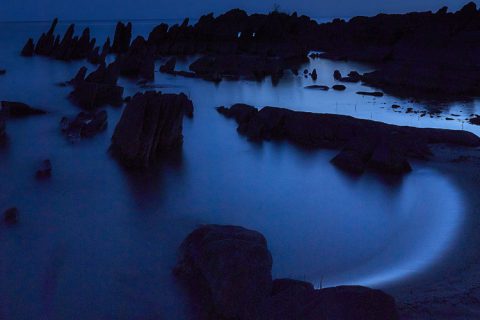
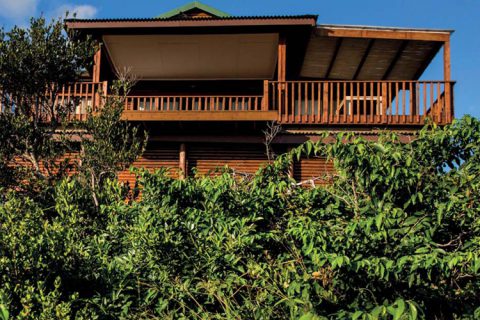


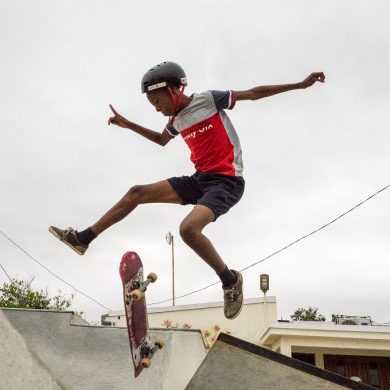
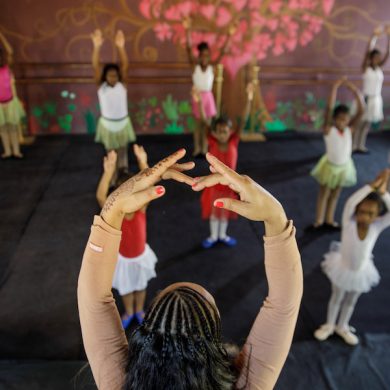
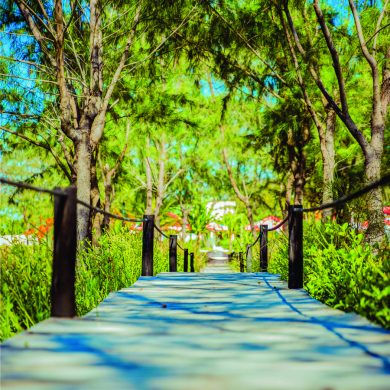
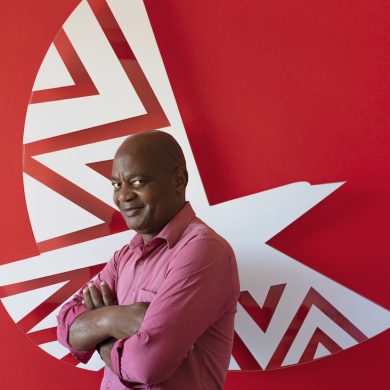
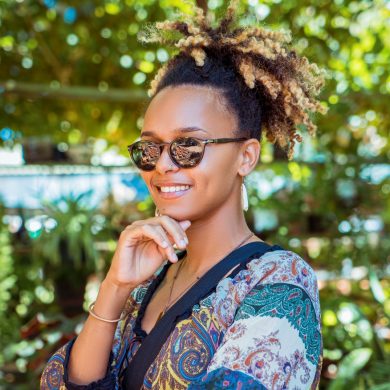
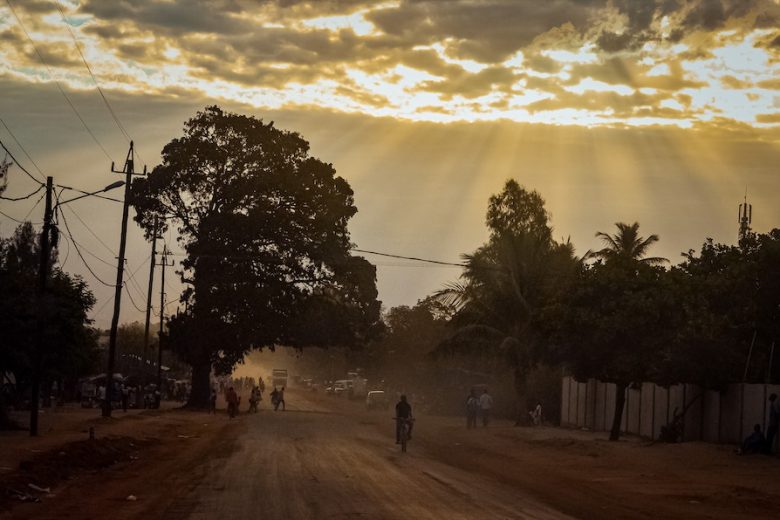
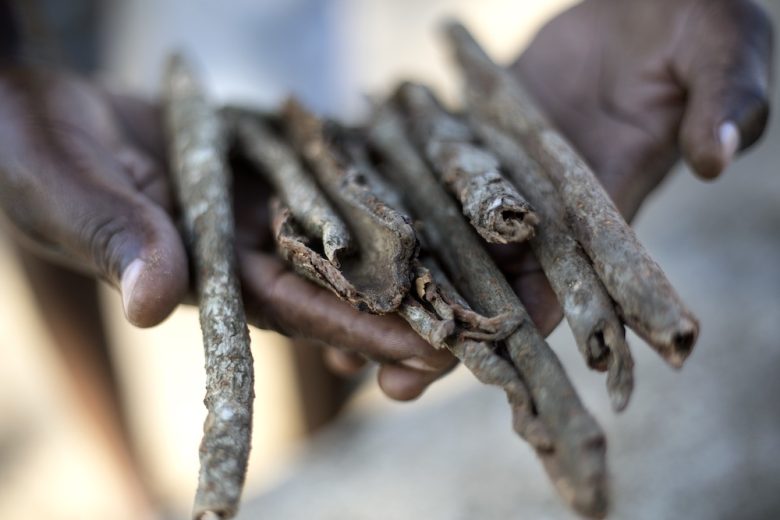
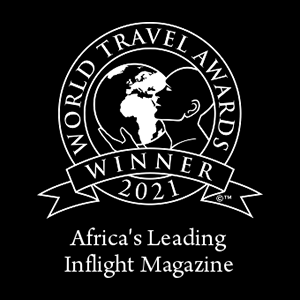









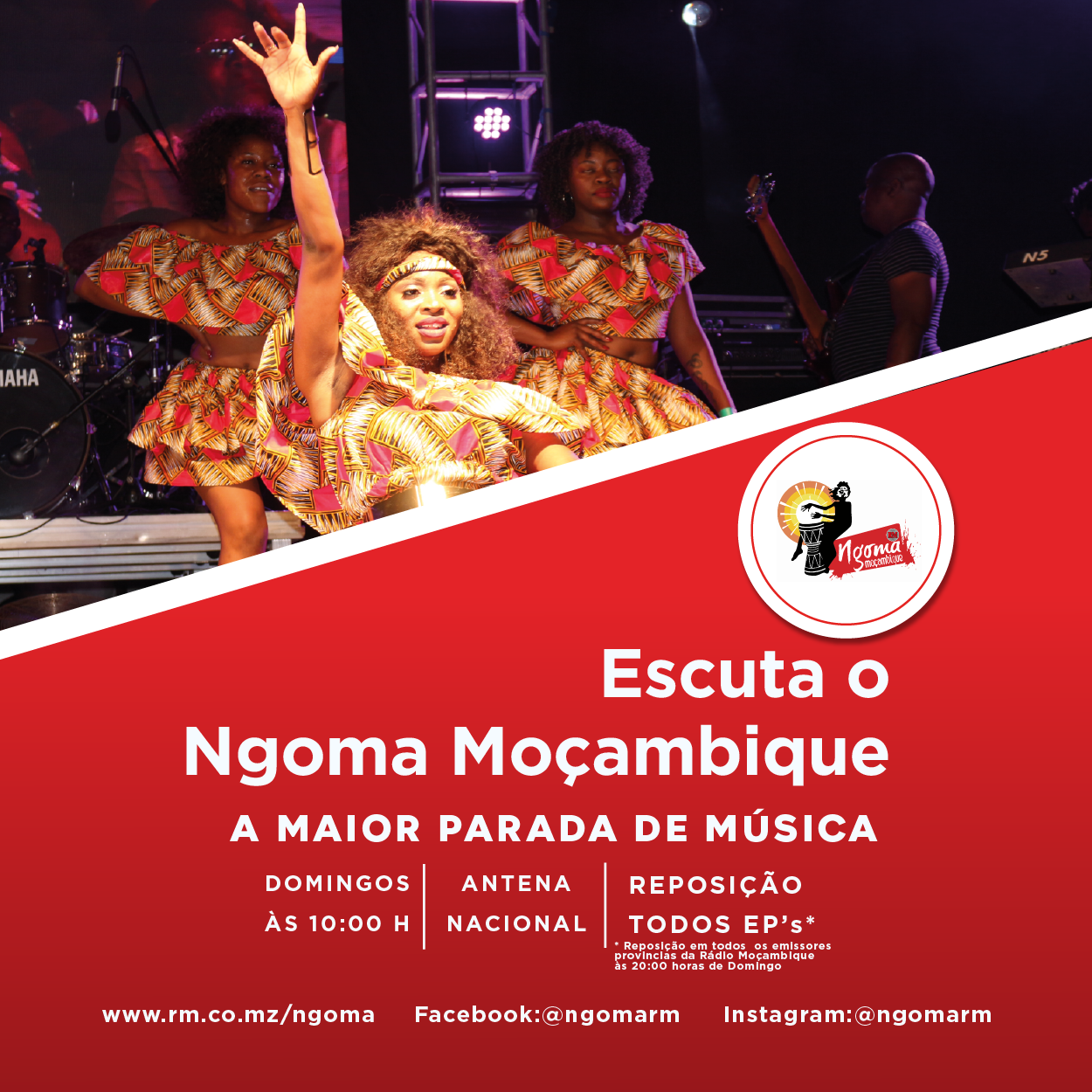






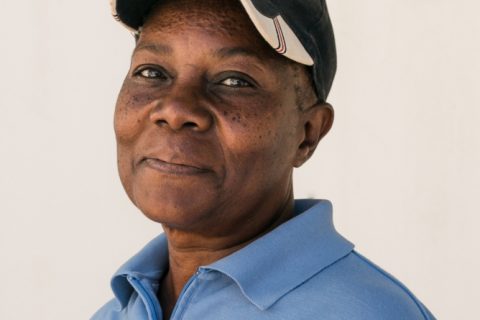
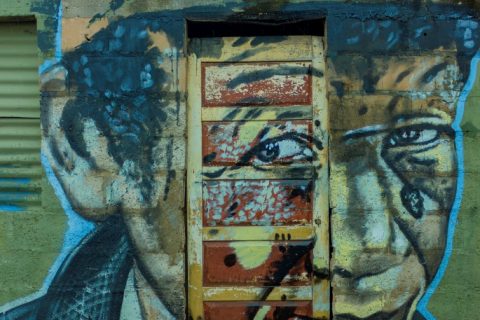

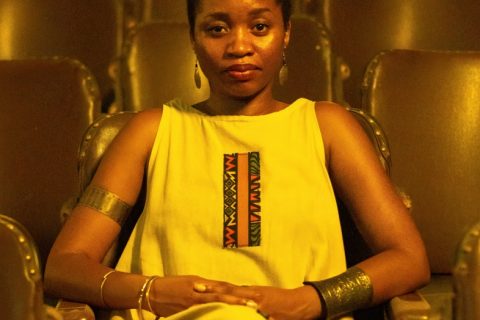
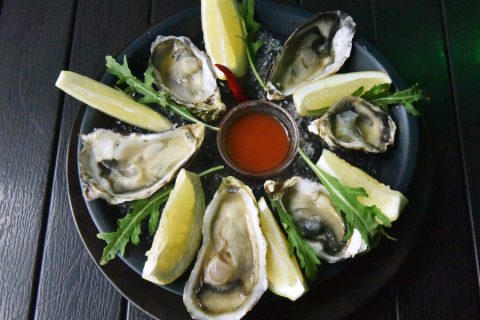
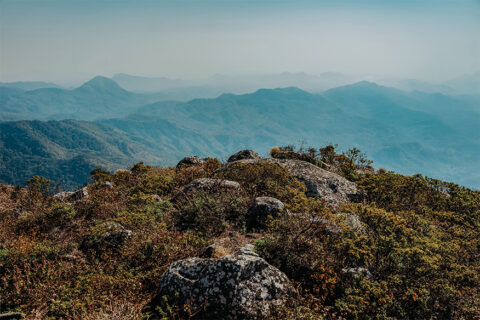
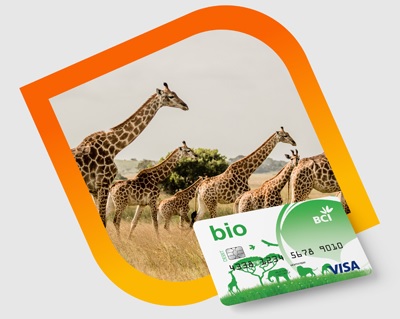
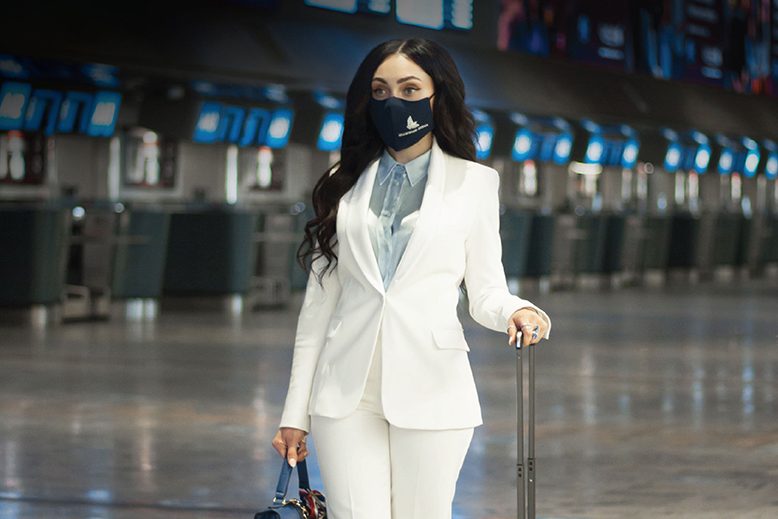
0 Comments